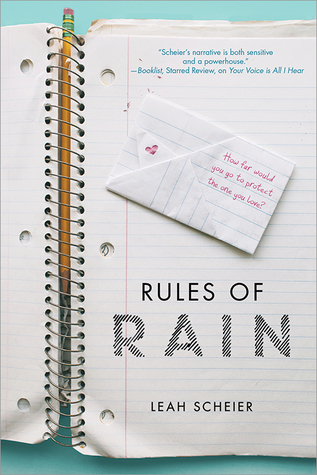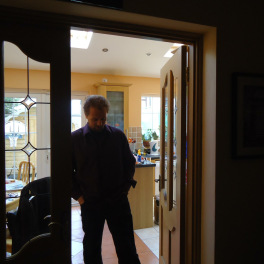
In general, when I find an author or series that I like, I race through it uncontrollably. It’s this kind of attitude that has lead to my uneviable position of never being able to read a new Christie Poirot or Marple novel, or Jane Austen, or Ann Radcliffe (to name a few exhausted authors). In an attempt to learn from my mistakes I now ration favourite authors, so I know that I’ve still got at least one unread Margaret Atwood (‘Maddaddam’) and one Kate Aktkinson (‘Started Early, Took My Dog’) waiting for me.
Then, I discovered Elena Ferrante and decided to try a different approach. In 2015 I read the first of her Neapolitan quartet ‘My Brilliant Friend‘; I read the sequel ‘The Story of a New Name‘ in 2016. Now it’s about a year later and time for my next Ferrante hit. Taking my time like this has been a new reading experience for me, but it does seem to be working, especially given the passage of time and developing relationships explored in Ferrante’s complex and conflicted novels.
In ‘Those Who Leave and Those Who Stay’ the title sets up a familiar tension between the enigmatic Lila and our narrator, the talented Lenù, whose education has enabled her to escape their vicious poverty-stricken neighbourhood in Naples for marriage into the middle class intelligentsia and a comfortable home in Florence. With one controversial novel already a critical success, Lenù’s life appears to be moving on a positive trajectory away from her sordid roots. As with the other books in the series, the title provides a helpful summary of the novel, in this case contrasting Lenù’s restless movements between the new and old worlds that claim her with Lila’s more settled, even claustrophobic, existence in a Naples.
There are other forms of leaving though. Lila, whose charisma, intelligence and sense of self exploded off the page in ‘Our Brilliant Friend’, and were traumatically challenged in ‘The Story of a New Name’ has seemed to enter a new phase of existence. More vulnerable than ever, we learn that Lila is suffering from ‘dissolving boundaries,’ where her body and mind seem untethered, moving away from the physical, real world. In the meantime, her powerful intellect remains a force beyond her control. Almost by accident she becomes one the most proficient computer programmers in the region, appearing to escape into a future hi tech world even while her reality is mired in the political turmoil and corruption of late 1960s Italy.
Lenù and Lila’s lives continue to dance around each other in ever more complex moves and choreographed sequences. In what I’m taking as a teaser for the final novel in the series, we’re told early on that
‘This may be the last time I’ll talk about Lila with a wealth of detail. Later on she became more evasive, and the material at my disposal was diminished. It’s the fault of our lives diverging, the fault of distance. And yet even when I lived in other cities and we almost never met, and she as usual didn’t give me any news and I made an effort not to ask for it, her shadow goaded me, depressed me, filled me with pride, deflated me, giving me no rest.
Today, as I’m writing, that goad is even more essential. I wish she were here, that’s why I’m writing. I want her to erase, add, collaborate in our story by spilling into it, according to her whim, the things she knows, what she said or thought …’
In about a year’s time I will learn for myself what a Neapolitan novel without ‘a wealth of detail‘ about Lila is like. I can already identify at least three possible youngsters who could qualify to be the potential titular protagonist of the final book ‘The Story of the Lost Child.’ I also know that Lila is going to disappear – because that was how the first novel began. Beyond that, I’m going to take my time, let this third instalment settle, and maybe consider which other novelists might we worth exploring for my next ‘taking it slow’ reading experiment.






